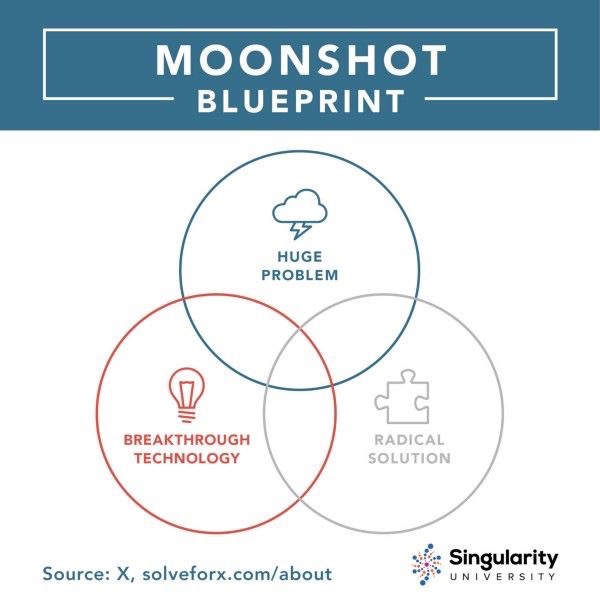Electric Cars are a critical part of the future of American’s sustainable transportation future given their potential to dramatically reduce carbon emissions especially when connected to an increasingly cleaner electricity grid.
Continue readingGetting ReWired – Building Below Zero: The Net Zero Plus Transformation, Part 1
Video Summary – PART 1
In this important PBS video, Building Below Zero: The Net Zero Plus Transformation, actor and environmentalist Ted Danson narrates this examination of the Net Zero Plus Transformation: buildings that produce and store more energy than they consume, lowering greenhouse gas emissions and potentially impacting global climate change.
http://www.pbs.org/video/2365855579/
As we know buildings account for a significant portion of our nations energy use and are responsible for vast amounts of greenhouse gas emissions. In the United States CO2 emissions from buildings are estimated to be increasing faster than any other sector with emissions for commercial buildings projected to grow the fastest. According to leading Scientists that could mean unprecedented and possible irreversible climate change. As Richard Somerville, Climate Scientist, Distinguished Professor Emeritus, Scripps Institute of Oceanography says;
The world is warming rapidly, all kinds of evidence exists for this; the oceans are rising, the heat content of the very water is increasing, glaciers are retreating, there’s no doubt that it’s real. In order to overcome these factors we need to rapidly decrease the amount of heat trapping gases that we’re putting into the environment. That’s the right thing to do, it has to happen fast, there’s an urgency here that most people don’t appreciate.
Across the country Net Zero Energy buildings, that is buildings that produce as much energy as they consume, are beginning to address the need to use energy wisely. One initiative Net Zero Energy Plus employs strategies for buildings to produce and store even more energy than they consume and help set the stage for the clean energy economy of the future. With Net Zero Plus, Owners, Contractors and Skilled Workers are building Below Zero. As showcased by the ETI building in Greater LA, the NZP initiative is especially important to our nations new clean energy economy. Climate Action plan, 17% redux in green house gases 2020. ramp up, double to 27% in 2025. According to Ernest Moniz, PhD former Secretary of Energy;
These rules will help the nation avoid 3 billion tons of CO2, reduce consumer cost by ~1/2 a trillion by 2030. Buildings are absolutely central, Buildings take up ~2/3 of our energy, 35 -40% total energy use. Can’t satisfy our climate objectives without a very strong demand side effort, efficiency/conservation, if we don’t decarbonize our electricity sector, we’re going to have a hard time meeting our goals. getting net zero buildings is core to our whole strategy.
States are seeking ways to reduce their carbon footprint. Bill Ritter, JR. Former Governor of Colorado, Director – Center for the New Energy Economy, Powerhouse Campus in Fort Collins is coordinating some of those state efforts.
We’re going to change the energy dynamics both the way we consume and produce, Pay attention to economics. How we produce energy domestically, environment concerns try to reduce impacts, economic development opportunities and pay attention to equity for rate payers. Why is this a new approach? The answer is that it’s different than it was in the 20th century because now we’re paying attention to policy makers and what matters to the ratepayers.
California and other states already have specific policies in place to reduce green house gases and use energy more efficiently. State law requires reduction to 40% below 1990 levels by 2030, and 80% below 1990 levels by 2050. That means we need to get to over 50% renewable power before 2030. How will California implement to get to these goals? The answer is through laws and policies, they’re targeting for Zero Net energy homes and buildings, 50% of existing buildings need to be zero net energy by 2030, all new buildings need to be zero net energy by 2030. According to Carla Peterman, Commissioner, California Public Utilities Commission;
The ability to get to those goals depends on lower cost technologies, particularly renewable energy. What I like is that they combine all these different technologies that work best together, the ability to have highly efficient building and then taking whatever energy needs you have you meet with clean renewable supply, this is a win win for the economy and then for the climate. In California both legislative and regulatory efforts set the stage for an advancing opportunity. Stability and creation of need define the future for both economic and environmental advantage, set the stage for the market to see how this can occur.
To be continued in Part 2.
– Warren N Evans
I’m both concerned and excited about the future, I’m hopeful that technology will step in again and show us a way forward, let’s go help make the world a better place.
@solareconomist
Getting ReWired – Predicting the New Solar Electric Economy
Predicting the future is a tricky business. In The Art of Charm podcast Episode 587, Bold in Abundance http://bit.ly/2llvUt2, @PeterDiamandis, the Inventor of the X Prize, describes how in his book Abundance – The Future is Better than You Think, http://amzn.to/2kM1kG7 he predicts that we’re headed for what he calls the Solar Economy.

To support his prediction Peter goes on to say “Solar energy will be so prevalent, so cheap, so available, and decentralized that it will be far more the driver of the world’s economy.” The Solar Economy future is speeding towards us at an ever accelerating pace, exactly where in the future is that destination? In the podcast Peter describes the human tendency toward Linear Thinking and why it causes us to miss the mark when coping with technology, innovation, and the advancement of the human race.
In contrast to Linear Thinking, Peter challenges us with the idea of Exponential Thinking in the form of a Moonshot http://bit.ly/2lSA3lh. “A Moonshot is a radical solution to a large scale global problem using breakthrough technology. The Moonshot is a term that comes out of Google, Astro Teller who’s the captain of Moonshots who heads Google X, in talking with Larry Paige asked what should Google X should be doing? It ultimately came out that Google X should be taking Moonshots, it was envisioned as what the Apollo program was, doing something that was daring, big which had a chance of failure. As they got down to defining it better, what Astro Teller says is that companies are trying to grow incrementally, for most of the world 10% is a great step, 10% more revenue, 10% less cost, 10% more customers. You can get 10% more growth by working harder, working Fridays and Saturdays, squeezing more out of your employees. But a Moonshot is where you go for 10X bigger, the difference between 10% and 10X is a hundred fold. It’s the notion of can you set a crazy objective that everyone in the company says that there’s no way we can grow there linearly and you’re effectively forcing the company to throw away it’s previous methodology of doing things and start with a clean piece of paper.” I believe that ReWiring our old economy to transform to the New Solar Economy has all the characteristics of a Moonshot.

How do we predict this? Are these trends towards the Solar Economy already here for us to see? Is Net Zero becoming the new black or is this part of the evolution of our society away from fossil fuels towards a clean energy future? These questions are now in the forefront in my mind, solutions to end climate change, ensure sustainability, clean energy and the end of fossil fuels.
This begins a series of blog posts where I’ll review these top trends through the compelling ideas of current Solar Economic thought leaders like Kevin Kelly, Elon Musk, Jigar Shah, Ray Kurzweil and Peter Diamandis. join me on this journey, we’ll discover where we are, where we’re going and how we’ll know when we get there.
I’m both concerned and excited about the future, I’m hopeful that technology will step in again and show us a way forward, let’s go help make the world a better place.
Warren N Evans
@solareconomist


